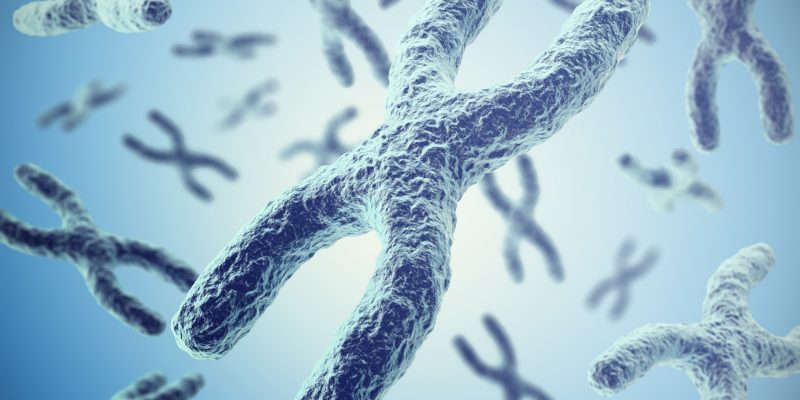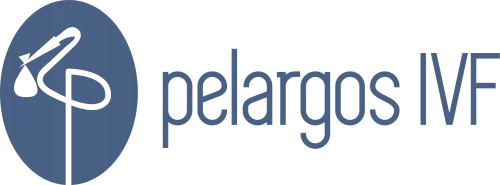
PGT-A/PGT-M
In collaboration with Institute of Life Fertility Specialists Center at Iaso Hospital and well known genetic labaratories , we offer PGT-A/PGT-M. Embryology staff is highly experienced and they can deal with almost all known genetic conditions. Cost for PGS ( PGT-A) and PGD ( PGT-M) in Greece, is highly competitive in comparison to the rest of Europe and the US.
Laboratory equipment and techniques used though, are equally sufficient.PGT-A .
Sex selection in Greece for family balancing is not allowed.

FAQ
Difference between PGS and PGD
PGD , which is now called actually PGT-A is pre impantation selection and involves screening single cells from embryos for chromosomal disorders (aneuploides). The testing is performed by sampling embryos, through a special embryo biopsy technique, prior to embryo transfer and during IVF. The goal is to identify abnormal aneuploid embryos, so that these, will not be transferred.
PGD which is now called PGT-M , can identify single gene disorders, like cystic fibrosis, Myotonic Dystrophy, Thalassemia, Fragile X . PGS applies the technology from PGD to screen embryos for aneuploidy. The goal is to identify chromosomically abnormal embryos, so they will not be transferred leaving only normal embryos to be transferred in the attempt to achieve a successful pregnancy. PGS is usually recommended in advanced maternal age, where chromosomally abnormal embryos rate is increased, as well as in recurrent miscarriages and recurrent failure of implantation in IVF.
So, in PGD we already know there is a potential for abnormality and we screen embryos for this in order to ensure that will not pass on to the implanted embryo, which will conclude into a pregnancy, whereas in PGS we are unaware of a particular abnormality and we screen for chromosome age related abnormalities.
Indications of PGS
Repeated implantation failure
Recurrent pregnancy loss
Severe male infertility
Previous trisomic conceptions.
Also PGS can be used when one of the couple has got balanced or reciprocal translocations at their chromosomes in order not to pass them on to the offspring. In that case is usually called PGT-SR
Day 3 or Day 5 Biopsy?
On the 3rd day after embryo formation most embryos are comprised of 8 cells. When we biopsy an embryo on Day 3 we just remove 1 cell. Biggest advantage is that results of genetic analysis will be ready for a day 5 fresh embryo transfer. Traditionally fresh embryo transfers are thought to be more successful, but we now know that with the vitrification freezing technique we get equal success rates in frozen and fresh cycles. Also if freezing is needed, there is an increased cost for a frozen embryo cycle. Waiting for another month can also be psychologically stressful.
On the other hand, because only one cell is removed, the results could theoretically inaccurately represent the rest of the embryo. The mosaic, false positive for chromosomal abnormalities rate on Day 3 is greater. Also there is some research showing that a biopsy on Day 3 is more traumatic or damaging to the embryo than a day 5 biopsy.
On Day 5 most embryos are comprised of more than 100 cells. So a biopsy at this point includes usually 10-15 cells. This means that theoretically results are more accurate. Also mosaic rate is reduced and day 5 embryo is potentially more resilient to the biopsy than a day 3 embryo.
The disadvantage is, that because of the technical nature of the DNA analysis, it usually takes about 24 hours to have the results back. Because it has been found that day 6 fresh embryo transfer has reduced chances of success, we do prefer to freeze and transfer healthy embryos on a frozen cycle. Ultimately, the decision should be made on each patient’s individual situation and needs.
At Pelargos though, we do prefer a Day 5 biopsy. Reason is that at all our cooperating centers where PGS is performed we highly trust their vitrification freezing technology and we note that our frozen cycles success rates are equal or even better than our fresh.
Also cost of PGS depends on the embryos biopsied and always on Day 3 we have more embryos than Day 5 which actually makes no significant financial difference for the couple, despite the fact of the increased cost for a frozen cycle. Both micro-array and NGS techniques can be used. When Day 5 biopsy is performed and frozen transfer , we prefer to use NGS technique , which has got many advantages. Embryologic staff from the Center where IVF will happen, can offer thorough consultation, if needed
